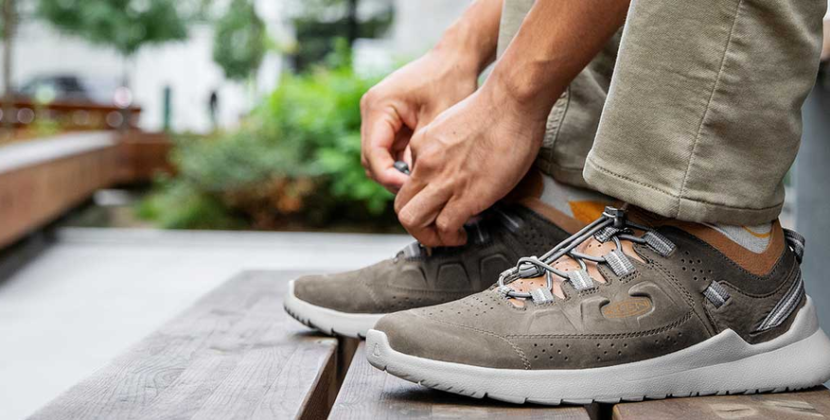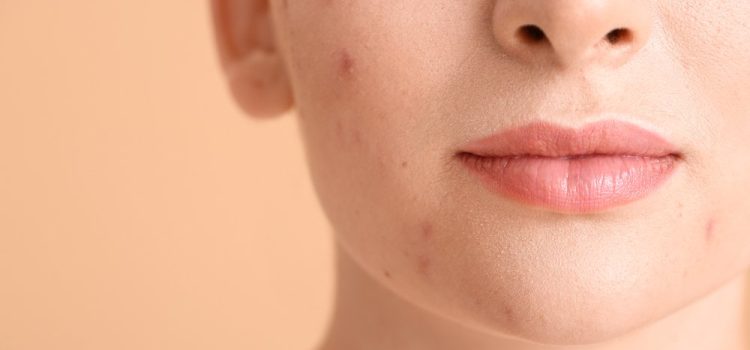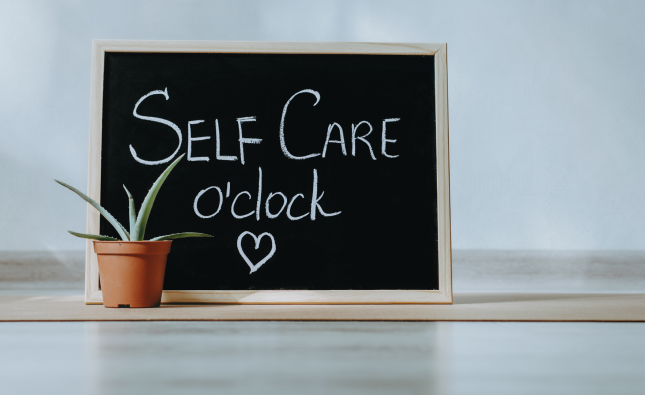
Acne-prone skin can be frustrating to treat, especially when traditional creams, medications, or exfoliants don’t seem to work. A trending method gaining popularity in the skincare world is facial suctioning cups a technique rooted in ancient cupping therapy that’s been modernized for cosmetic use. But are these suction devices truly beneficial for acne-prone skin, or could they be doing more harm than good?
Let’s break down how facial suctioning works, its potential benefits, the associated risks, and whether it’s a smart choice for acne-prone individuals.
What Are Facial Suctioning Cups?
Facial suctioning cups are small, soft silicone or rubber tools used to create a vacuum effect when applied to the skin. By squeezing the cup and pressing it against the skin, it gently lifts the surface and stimulates blood flow, lymphatic drainage, and collagen production. The idea is that increased circulation can enhance skin tone and detoxification.
This technique is a facial adaptation of traditional body cupping used in Chinese medicine. For cosmetic purposes, facial suctioning is far gentler than its body counterpart and typically used as part of at-home skincare routines or spa treatments.
Claimed Benefits of Facial Suctioning Cups
Supporters of facial suctioning cups list several benefits, especially for dull or congested skin. These benefits include:
- Improved Circulation: Enhanced blood flow can provide more nutrients and oxygen to the skin, giving a brighter and more even complexion.
- Lymphatic Drainage: Suction helps reduce fluid retention and puffiness, which is especially helpful around the jawline and eyes.
- Decongestion of Pores: The suction may help pull out impurities, dirt, and oil that contribute to clogged pores and breakouts.
- Firming and Toning: Regular use is thought to stimulate collagen and elastin production, reducing the appearance of fine lines and sagging skin.
When performed correctly and in moderation, some users claim their skin feels refreshed, firmer, and clearer.
The Risks for Acne-Prone Skin
Despite the enthusiasm, facial suctioning cups may not be suitable for everyone—especially those with active acne or sensitive skin.
Skin Trauma
The suctioning action, while gentle, can still cause trauma to acne-prone skin. Inflamed or cystic acne is particularly sensitive, and applying suction over these areas may worsen inflammation, cause bleeding, or even lead to scarring. The negative pressure can break fragile capillaries and aggravate existing breakouts.
Spread of Bacteria
If the cups are not cleaned properly or are used over infected acne, there’s a risk of spreading bacteria across the face. This can lead to more widespread breakouts, which defeats the purpose of using the tool in the first place.
Temporary Redness and Bruising
Even with light suction, bruising and temporary marks are not uncommon—especially for people with delicate skin. This can cause more insecurity, especially when the goal is clearer, healthier skin.
Increased Oil Production
The stimulation from facial cupping can increase circulation and oil production. While this might be helpful for dry or aging skin, oily or acne-prone skin may end up producing more sebum, potentially clogging pores and triggering new breakouts.
When Facial Suctioning Cups Might Help
Although facial suctioning cups are generally not recommended for people with active or cystic acne, they may be helpful under specific conditions:
- Post-Acne Recovery: Once breakouts have healed, facial suctioning may help reduce the appearance of post-acne marks and improve skin texture.
- Mild Congestion: For people dealing with mild blackheads or clogged pores—not full-blown acne—light suctioning used occasionally may help clear impurities.
- In Combination With Other Treatments: When paired with calming and antibacterial skincare products, facial suctioning may complement other acne management efforts.
Still, it’s essential to consult a dermatologist before trying cupping at home, especially if you’re dealing with persistent acne or are unsure about your skin’s sensitivity.
Tips for Safe Use
If you decide to experiment with facial suctioning cups, it’s important to follow safe practices:
- Avoid inflamed or active acne areas.
- Use light pressure and short strokes—never leave the cup in one place.
- Always lubricate the skin with facial oil to prevent tugging or damage.
- Clean the cups thoroughly before and after each use.
- Limit frequency to no more than twice a week to prevent overstimulation.
Start slowly and monitor how your skin reacts. Discontinue use at any sign of irritation, worsening acne, or discomfort.
Alternatives for Acne-Prone Skin
If you’re looking for ways to detoxify and rejuvenate acne-prone skin without the risks of suctioning, consider these gentler alternatives:
- Chemical Exfoliants like salicylic acid or lactic acid
- LED Light Therapy, which targets acne-causing bacteria
- Clay Masks that absorb oil and impurities
- Professional Extractions performed by a licensed esthetician
These methods tend to have better clinical support and are less likely to aggravate sensitive or acne-prone skin.
Final Thoughts
Facial suctioning cups may offer benefits like improved circulation and lymphatic drainage, but their use on acne-prone skin comes with significant risks. For those dealing with active breakouts, cystic acne, or skin sensitivity, the risks likely outweigh the rewards.
If you’re curious about trying suction therapy, do so cautiously, start slow, and always prioritize skin health over trends. Consulting a dermatologist can help you tailor your skincare approach safely and effectively.










